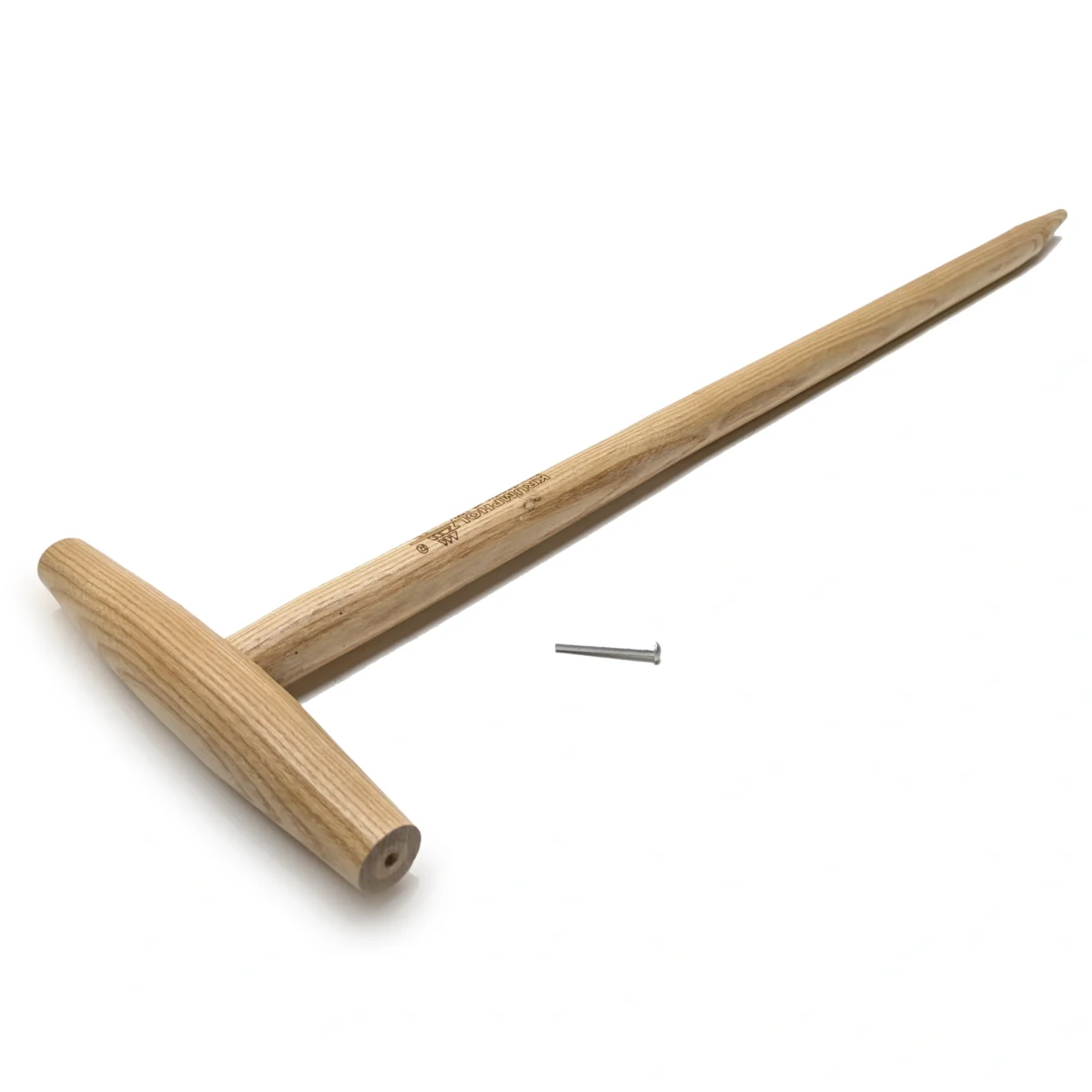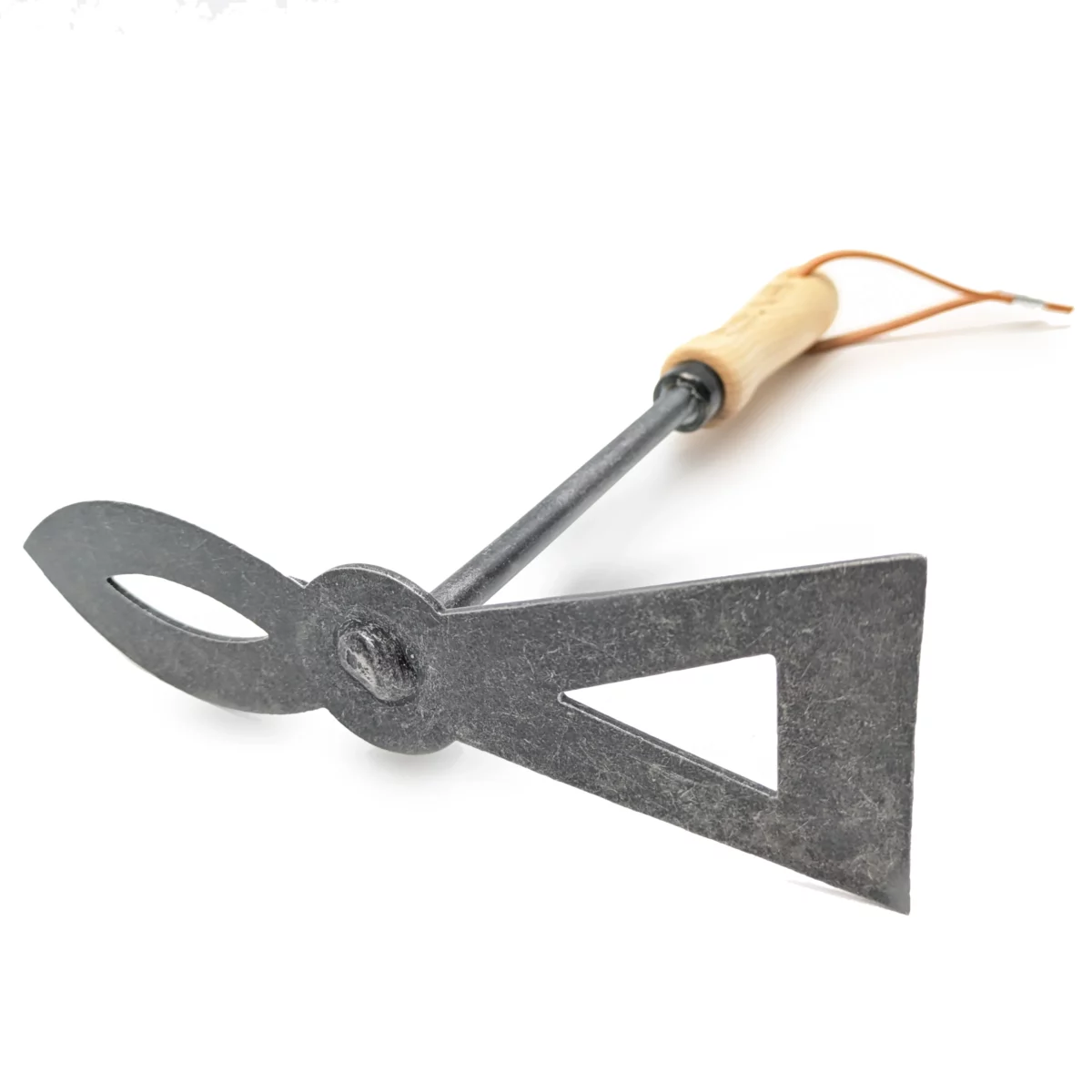Here we present gardening tools and equipment that are essential for maintaining a beautiful garden.
Top 10:
- Spade
- Shovel
- Digging fork
- Rake
- Hoe
- Garden hoes
- Cultivator
- Planter trowel
- Garden shears
- Branch saw + gardener’s knife
Online store from Holz-Jaeger - Best price guarantee
Here we present gardening tools and equipment that are essential for maintaining a beautiful garden.
Top 10:



Spades are ideal for digging into the ground, cutting off swards and preparing beds. They are indispensable for planting shrubs, young trees and hedge plants. However, the spade does not tolerate levering permanently. If too much leverage is applied to the spade blade, it will be permanently damaged. The larger and thinner the spade blade and the more brittle the material, the easier the spade blade will break. If the steel is too soft, the blade can bend.
The forged spades from Krumpholz are manufactured for maximum durability and stability. But even the sturdy spades from Krumpholz can be destroyed by excessive leverage. Forged treads make it easier to dig into the ground and protect shoes and feet. For harder soils, a spade with a smaller spade blade is advantageous.
Shovels are the right choice for digging cut planting holes and moving loose bulk material.
The Holstein bucket with a straight front edge is perfect for shoveling loose bulk material on firm ground.
The Frankfurt shovel has a pointed, round, heart-shaped blade for digging up stony ground.
The Dutch and Emsland shovel are similar to the Holstein shovel, but have a curved front edge that is very well suited for digging ditches, for example.
The Bavarian shovel with a tapered, only very slightly curved blade is designed for easier penetration into heavier, stony soils.
The digging fork or spading fork from Krumpholz has four forged and slightly curved tines. The ash handle is embedded in the blade via a metal shoe.
The digging fork is used for loosening and digging around the topsoil. Compared to the spade , the tines are more stable and can be used better for levering. The tines do much less damage to plant roots than a continuous spade blade.
The use of digging forks significantly reduces the fragmentation of beneficial earthworms, which play a significant role in the formation of humus in the soil.
The digging fork can be driven into the ground with less force than a spade.
With its wider lance tines, the digging fork no. 0414 is also ideal for removing potatoes.
Krumpholz ‘s many different rakes provide the right tool for all gardeners to pile up loose fallen and pruned material.
The cultivators forged by Krumpholz are forged from strong and tough carbon steel. They are used to loosen the soil and control weeds. The stratification of the soil is not changed.
The natural stratification of the soil can be divided into three areas. The topsoil, the subsoil and the parent rock
The topsoil is the most important layer for plant growth. This is where the humus mixes and combines with mineral components. The humus consists of decomposed material from flora and fauna. The topsoil is decomposed and converted by fungi and bacteria and mixed with the mineral components by earthworms. A healthy topsoil with a high humus content is crucial for vital plant growth.
The subsoil mainly contains mineral material. Weathered rock, sand and materials washed in from the topsoil characterize the subsoil. Humus is hardly present there.
Why work the soil with a sour tooth or soil aerator?
By digging up healthy topsoil with a spade or fork, organic life is transported into the oxygen-poorer subsoil. Many of these organisms cannot exist there and die. The soil loses vitality and nutrients.
When ripping up the soil with the sow tooth, the topsoil is not transported into deeper soil layers. Earthworms, fungi and bacteria remain and continuously increase the humus content. This process can be supported and enhanced by appropriate organic fertilization.
First, the soil should be cleared of weeds, for example, raking with a culitivator. After removing the weeds, you need to pull the sow tooth through the bed in intersecting paths. The distance between the rows should be from 15 to 25 centimeters.
When to work the bed with the sow’s tooth?
The bed should be worked either before or after the winter. Optimal is the processing before the winter. Due to the frost, the torn soil crumples up optimally. However, spring processing before the first sowing / planting is also fine. In the spring, your own motivation is often higher.
Finely crumble the topsoil is best to use a cultivator or cultivator. The loosened layers of soil can more easily absorb heat, air, water and nutrients. At the same time, the soil is optimally prepared for fertilizing – it is best to use natural fertilizers to supply the soil with sufficient nutrients again and again.

Online store of Holz-Jaeger UG (haftungsbeschränkt)




















